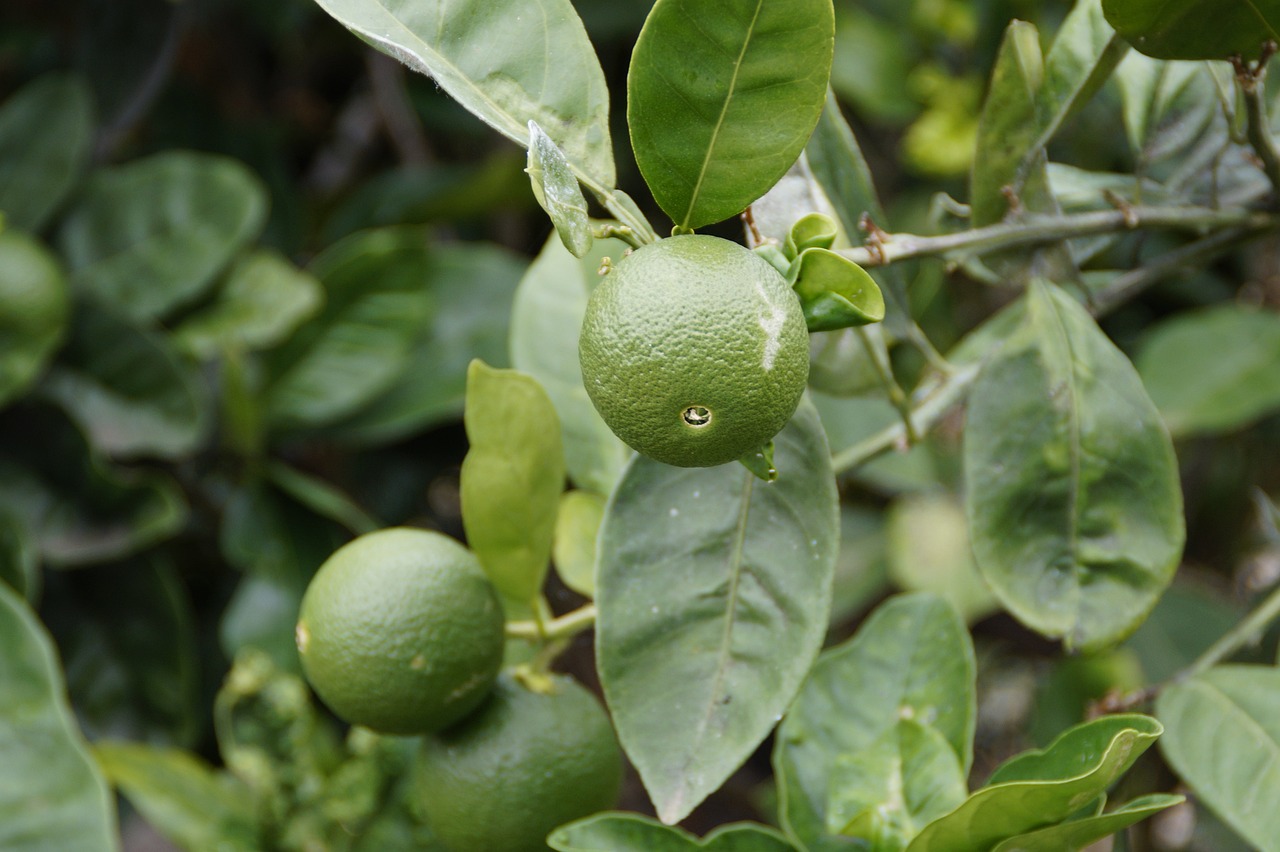Lime trees, known for their vibrant green leaves and their fragrant, sweet-tart fruit, are a beloved feature of gardens and landscapes in suitable climates. Understanding the blooming cycle of these trees is essential for both hobbyist gardeners and commercial growers alike. This article delves into the intriguing life cycle of the lime tree, highlighting the critical question: When do lime trees bloom?
Lime trees typically bloom in spring, with the exact timing depending on the local climate and specific lime tree variety. Understanding their blooming pattern is crucial for maximizing fruit production and ensuring healthy growth.
1. Understanding the Life Cycle of a Lime Tree
Lime Tree Growth Stages
Lime trees, like all citrus trees, go through several stages of growth. These stages include the germination of the seed, the development of a seedling, the maturation into a young tree, the blooming stage, the fruit-bearing stage, and finally, the dormant or rest stage. Each stage is critical to the overall health and productivity of the tree.
Lifespan of a Lime Tree
In ideal conditions, lime trees can live for up to 50 years or more. This longevity is dependent on various factors such as adequate sunlight, proper soil, sufficient watering, and effective pest and disease control. Understanding and providing for these needs will help ensure that your lime tree thrives for as long as possible.
Importance of the Blooming Stage
The blooming stage, which addresses the query ‘When do lime trees bloom?’, is crucial for the tree as it signifies the start of fruit production. The blooms, or flowers, are pollinated either by insects or the wind, which in turn initiates the development of the fruit. Thus, the timing of the bloom is an essential aspect of lime tree cultivation.
2. Lime Tree Varieties and Their Blooming Patterns
Persian Lime Trees
Also known as Tahiti or Bearss limes, Persian lime trees usually bloom in the early spring, around March or April. This variety is self-pollinating, meaning that it does not need another tree to produce fruit.
Key Lime Trees
Key lime trees, or Mexican limes, bloom sporadically throughout the year, but the primary blooming period occurs in the late winter or early spring. These trees are also self-pollinating and are particularly renowned for their aromatic blooms.
Kaffir Lime Trees
Kaffir lime trees, used extensively in Thai and Cambodian cooking for their distinctive leaves, typically bloom in the spring. The timing can vary depending on climate, but blooms usually appear between March and May.
3. Factors Influencing the Blooming of Lime Trees
Climate and Weather
The blooming of lime trees is heavily influenced by climate and weather. In colder regions, the bloom may be delayed until late spring or early summer, while in warmer climates, it can occur as early as late winter.
Soil and Water
The quality of the soil and the availability of water can impact the bloom time of a lime tree. Well-drained, fertile soil and consistent watering promote a healthy tree that blooms on schedule.
Care and Maintenance
Regular pruning, pest control, and appropriate fertilization are crucial for the health and productivity of lime trees. These factors contribute significantly to a timely and successful bloom.
4. Common Questions About Lime Tree Blooming
Do Lime Trees Bloom Every Year?
Yes, lime trees do bloom every year. The exact timing can vary based on climate and tree variety, but most lime trees will produce flowers annually in preparation for fruit production.
How Long After Blooming Do Lime Trees Produce Fruit?
After blooming, it typically takes lime trees around six to nine months to produce ripe fruit. This period can vary depending on the specific variety of lime and the growing conditions.
Why Isn’t My Lime Tree Blooming?
Several issues could cause a lime tree not to bloom. These could include insufficient sunlight, over or under-watering, lack of essential nutrients in the soil, and pest or disease issues.
5. Encouraging Lime Trees to Bloom
Proper Pruning
Proper pruning encourages healthy growth and can stimulate blooming. It is best to prune lime trees in the early spring, just before they begin their blooming cycle.
Adequate Watering
Lime trees need consistent watering to thrive. Overwatering or underwatering can stress the tree and impact its ability to bloom.
Using the Right Fertilizer
Lime trees require a well-balanced fertilizer to provide essential nutrients for growth and fruit production. Using the right fertilizer can significantly improve the tree’s health and blooming capacity.
Conclusion
Understanding the lime tree’s blooming cycle is an essential aspect of successful lime cultivation. While lime trees typically bloom in spring, various factors, such as climate, care, and the specific variety, can influence the exact timing. By providing the right conditions and proper care, growers can maximize the lime tree’s productive potential and enjoy a bountiful harvest of this delicious citrus fruit. Remember, the answer to the question ‘When do lime trees bloom?’ is multifaceted and varies based on numerous factors, as highlighted above.

